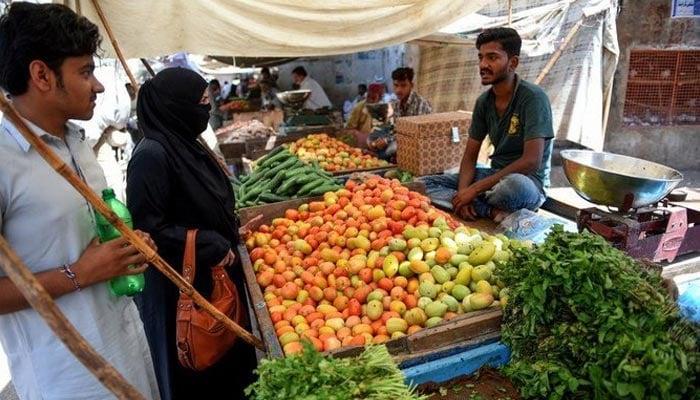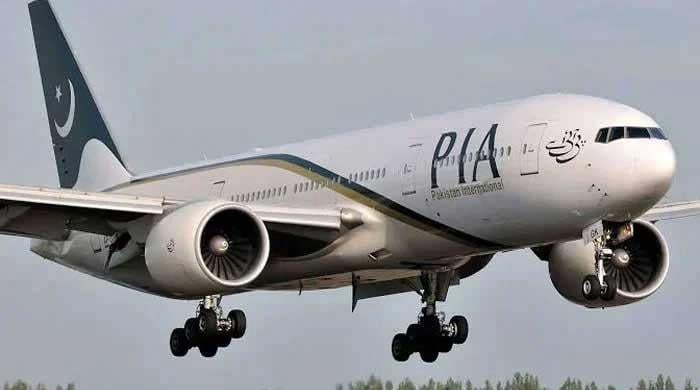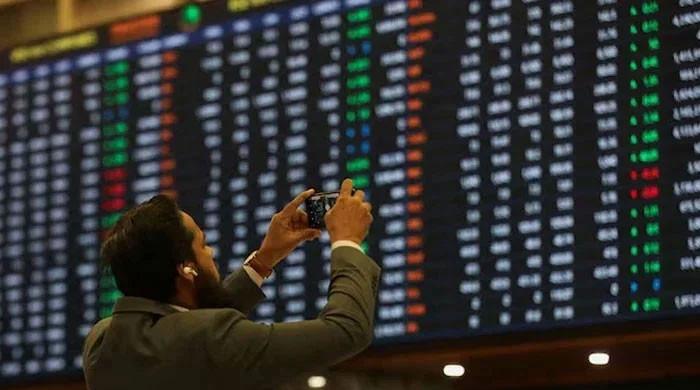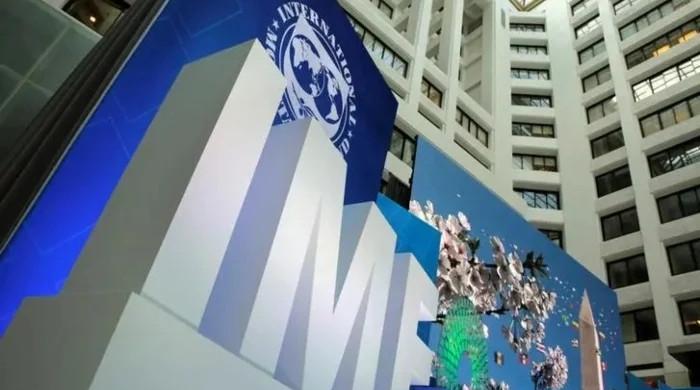Inflation target vs ground reality
Inflation expected to outpace official estimate, which will eat in to bread and butter budgets of mainstream households
June 15, 2022

The latest official target for average inflation across Pakistan edging up to no more than 11.5% during the next 12 months is nothing short of baffling.
Spelt out in Friday’s budget for the next financial year, the target for inflation came alongside other sugarcoated promises such as support to lift the farm sector and a monthly allowance of Rs2,000 for each of the lowest-income families to help them tide over increasingly-tough times. Together, these measures are meant to tackle the biggest challenge facing mainstream households — rampant food inflation.
The official spin was further reinforced by Prime Minister Shehbaz Sharif in a post-budget tweet when he said: "The Budget represents a significant improvement in several ways. It has provided more educational opportunities for our youth, particularly from Balochistan and targeted subsidies for financially weaker people."
Notwithstanding the official line, the target for inflation versus the ground reality already seems irreconcilable. Friday’s budget was preceded just a day earlier with the latest findings of the sensitive price indicator or SPI rising by an alarming 2.67% over a week. Its ingredients are based on the trends surrounding 51 essential items, mostly food commodities.
That the price of potatoes rose by just over 7% and the cost of tomatoes rose by over 6% in a very short time are matters that have adversely hit household budgets across Pakistan. Trends surrounding the prices of such key commodities are certain to pump up inflation across Pakistan in the coming months.
The price of petrol has increased by a third while gas and electricity costs are due to rise by around 50% in the next financial year beginning on July 1. The trends surrounding Pakistan’s energy mix have already begun to fuel a sharp increase in the cost of living in daily lives.
Equally to blame are Pakistan’s widely dysfunctional systems of governance all across the country. Official price controls that once figured at the center of the functions of ruling structures across the districts and tehsils are now clearly anchored in history. The space they have left behind has been increasingly occupied by holders of vested interests. The growing empowerment of de facto cartels has turned them into powerful pivots that drive the prices of essential items in daily lives. As Pakistan’s state and its institutions over time have shown little interest or determination to reverse this trend, it is hardly surprising that popular faith in the federal and provincial governments of Pakistan has clearly faded.
The way to a more promising future for Pakistan lies in a two-pronged approach. On the one hand, it is essential for the ruling structure to tackle a range of policy challenges. Far too often, a succession of Pakistan’s governments have squarely pointed the finger at the IMF for driving up adverse economic conditions without also offering a reality check.
The lender, IMF, has primarily tasked government after government in Islamabad to take action for balancing the books. The specific details of how the books need to be balanced has been the secondary discussion. As governments have repeatedly failed to make politically unpalatable choices, notably involving more burden upon the rich, the IMF has returned to demand unpopular steps irrespective of their cost for Pakistan's mainstream population.
On the other hand, Friday’s budgetary measures were far from revolutionary. New measures are indeed necessary to tackle an all too grave situation. Steps like more expensive luxury cars, higher taxes on overseas travel or real estate transfers and elevated property taxes on the well-endowed are just not the back breakers for Pakistan’s mainstream population. In sharp contrast, inflation which is expected to outpace the official estimate will eat into the bread and butter budgets of mainstream households. The road ahead for Pakistan’s economy will inevitably be anything but smooth.
Originally published in The News









